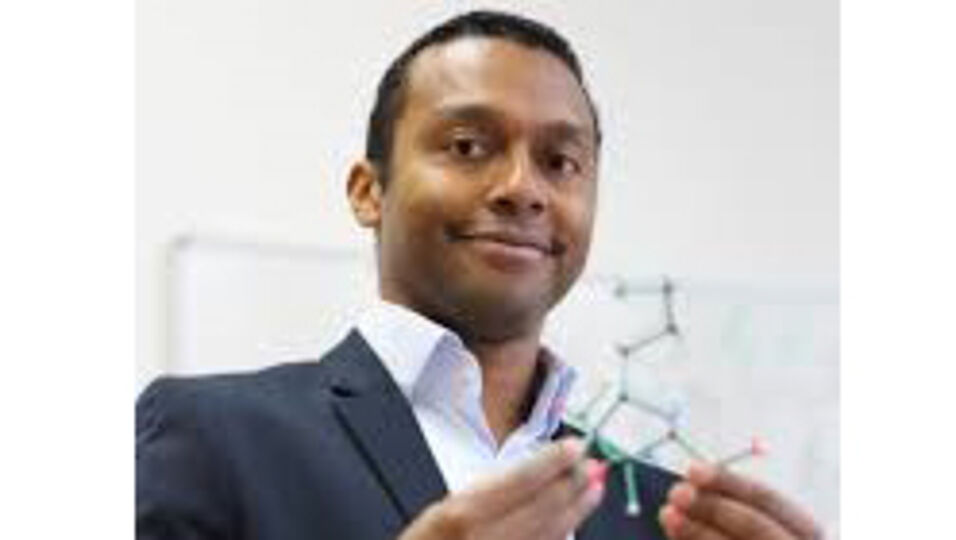This prize is awarded to a young chemist (40 years or younger) of any nationality and was created to honor the memory of Marcial Moreno-Mañas (1941-2006, Autonomous University of Barcelona), a pioneer of organometallic chemistry in organic synthesis in Spain.
Past awardees were: Nicolai Kramer (2013, EPF Lausanne), Franziska Schoenebeck (2014, RWTH-Aachen), Daniel Maspoch (2015, ICN2, Barcelona) and Ruben Martin (2016, ICIQ, Tarragona). Congratulations!

